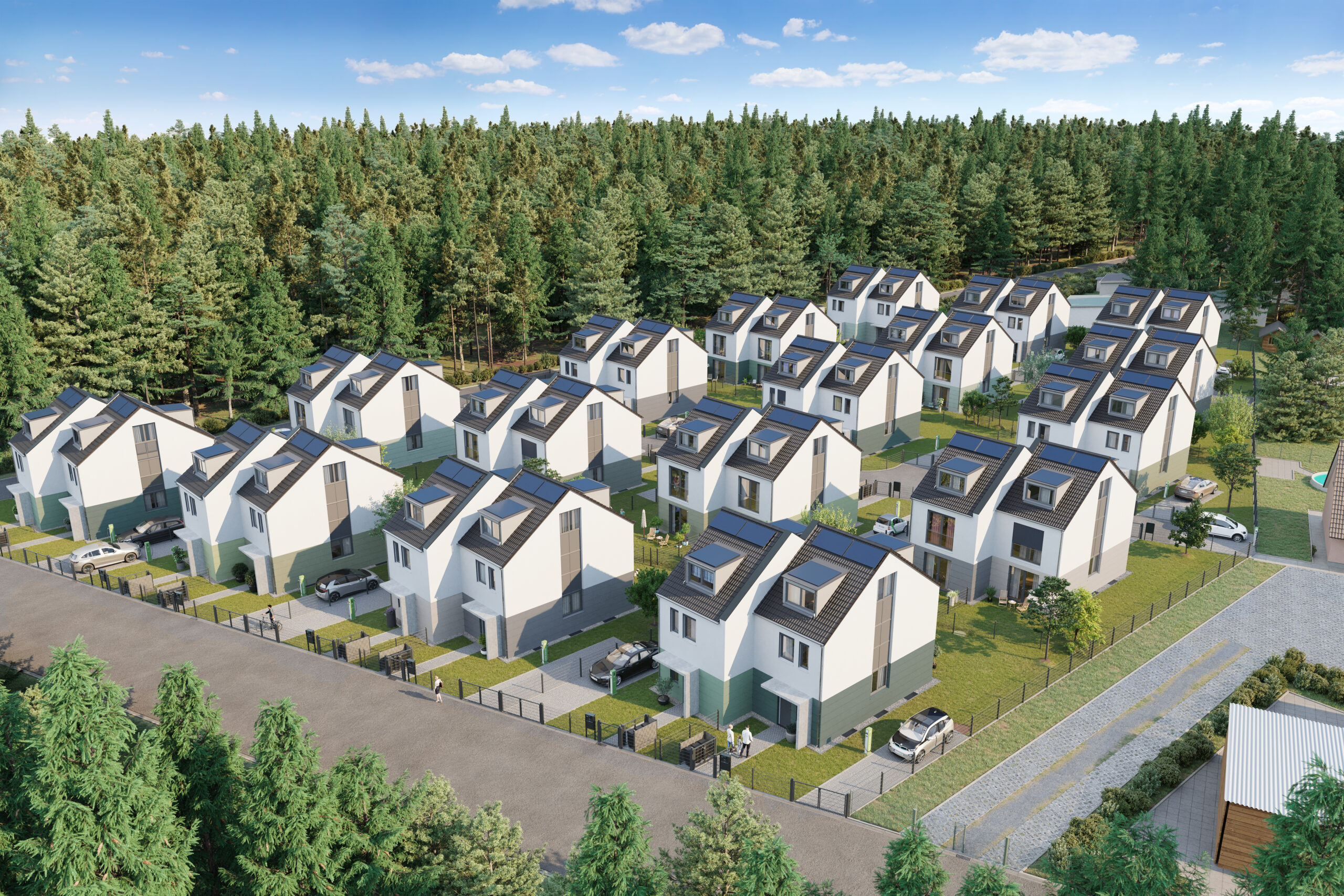Macro-Environment
Brandenburg – Outlook and Opportunities
What both visitors and residents love about Brandenburg is its diversity and wide open spaces. Germany’s fifth-largest state has something of everything: the vibrant state capital of Potsdam with its blend of culture, art and history, surrounded by sprawling fields and forests, various bodies of water, nature reserves but also industry and innovative technologies.
In the very centre of Brandenburg lies Berlin, the German capital, exerting a gravitational pull, on the one hand, and triggering migration flows, on the other. While many are attracted to the metropolis, many others prefer to live in the suburbs even as they appreciate the close proximity to the city. Short commutes ensure that the two states, whose combined population total is around 6 million residents, are within easy reach of each other.
Shifting Fortunes: A Look at Brandenburg’s History
Emperor Otto I founded the bishopric of Brandenburg in 948. The date considered the birthday of the Brandenburg margraviate is 11 June 1157, when Albrecht the Bear annexed the territory of Brandenburg. But the first mention of the name actually dates back to 928/929, when King Henry I conquered Brandenburg castle on the River Havel. In subsequent years, it changed hands more than once: At the end of the 10th century, it was reconquered by the Slavs, often called Wends, until a German dynasty moved back in under the aforesaid Albrecht the Bear. Between then and the 14th century, the margraviate grew to become the largest German principality under the houses of Ascania and later Wittelsbach.
Brandenburg at a Glance
Territory: 29,654.16 sq. km
14 rural districts and 4 urban districts, breaking down into 417 municipalities
Population: 2,532,250 (30 June 2021)
Population density: 85 residents per sq. km
Gross domestic product: EUR 69.132 billion
Amazingly Affordable Prices in Brandenburg
Brandenburg is the fifth largest of the German Länder and straddles the country’s eastern border. The population has increased steadily for the past seven years – not least because of the “run” on Berlin’s suburbs by residents moving out while wishing to remain close to the city. Particularly popular are residential locations in a scenic setting close to outdoor areas and bodies of water while also having access to direct connections to Berlin.
Accordingly, the number of new residential areas and developments is particularly high in the regions around Berlin and Potsdam. Prices here are surprisingly low when compared to price levels elsewhere in Germany or indeed in Europe – which makes the region all the more interesting for young families.
Economy: One of Brandenburg’s Leading Rural Districts
Brandenburg’s economy is closely interwoven with the Berlin metro region. Dominant industries around the capital include mechanical and plant engineering as well as chemicals and wood processing. A large number of jobs are associated with the retail sector (12.73 %) and the service sector (26.83 %). Moreover, selected forward-looking industries are actively sponsored: A good case in point is the Tesla Gigafactory under development only 2 km east of the Terra Homes site, with production to start in 2022. The Tesla plant in Grünheide alone will create about 12,000 new jobs, and bring a large number of workers to the area. Other factories are expected to move here and to create additional jobs.
Comparing Levels: an Up-and-Coming Region
Industry experts clearly consider the Oder-Spree District an up-and-coming region: Its demographics have followed a steady upward trend in recent years, as have available income levels (+9.7 %). At the same time, the unemployment rate declined, even during the lockdown. The birth rate is going up as well (by about 4 % per year). Daycare amenities are readily available, with about 55.6 % of all children below the age of three either in day care facilities (e. g. day nursery) or in individual day care (e. g. childminder).
Transport links to Berlin are highly developed. At the same time, you have woodlands and lakes right outside your front door. At €1,949/sqm, house prices are well below those in Berlin (€4,641/sqm) and below the national average of €2,623/sqm as well – an ideal home base for commuters, too. This means that moving into the suburbs makes sense even for working professionals.
